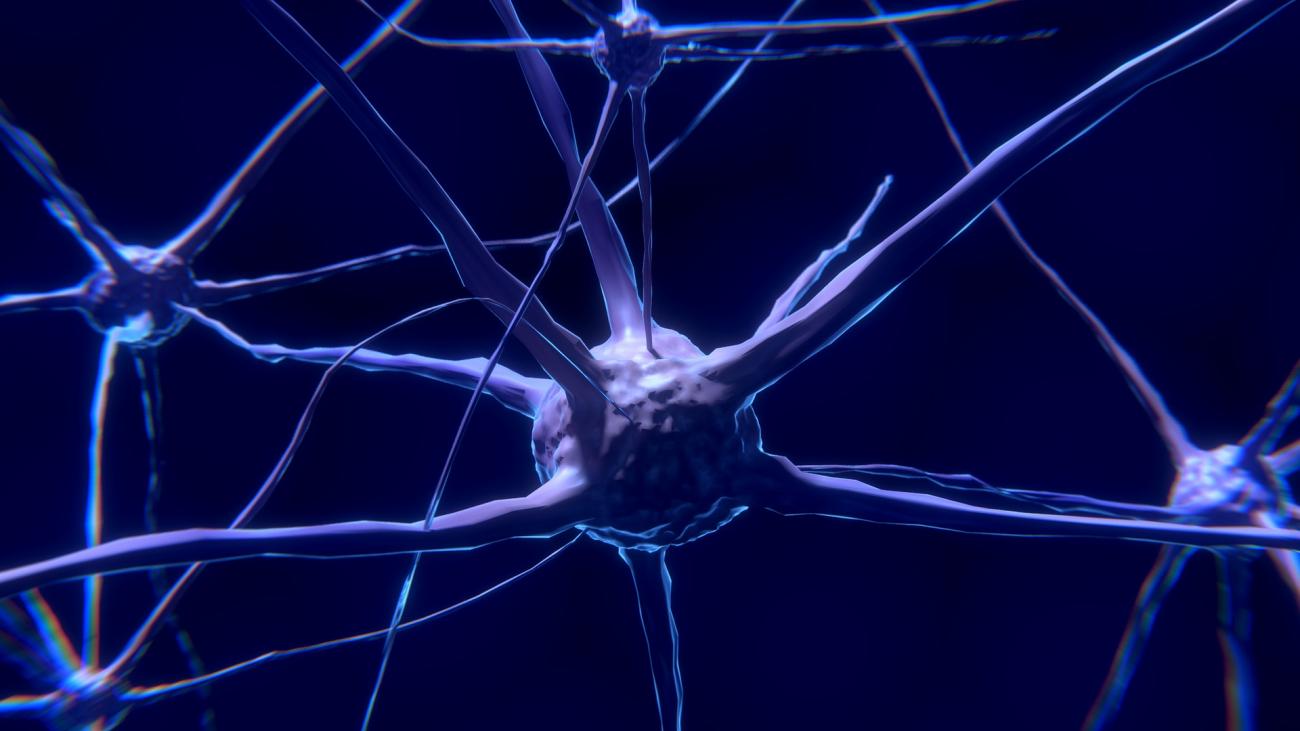Transcriptional control of drug-cue associations in preclinical models of substance use disorders
Part 1: Epigenetic regulation of drug-cue associations and relapse vulnerability. There are well-documented social, legal, and financial impacts of substance use disorders, and as highlighted by the current opioid crisis, a return to active drug use incurs a risk of lethal overdose. Individuals attempting to remain abstinent are vulnerable to relapse when they encounter environments or cues formerly associated with their drug use. The brain mechanisms by which drug use produces enduring, prepotent associations remain poorly understood. Our studies have identified the epigenetic enzyme, HDAC5, as a key regulator of drug-seeking behavior in preclinical models of volitional drug use and relapse. In this talk, Dr. Cowan will discuss has lab’s recent findings demonstrating a cell type-specific role for HDAC5 as a regulator of corticostriatal circuit adaptations underlying relapse-like drug-seeking behaviors.
Part 2: NPAS4 supports drug-cue reactivity through regulation of cell type-specific activation balance in the nucleus accumbens. Drug seeking is gated in the nucleus accumbens (NAc) by competing activation of D1 dopamine receptor-expressing medium spiny neurons (D1-MSNs) that promote, and D2 dopamine receptor-expressing neurons (D2-MSNs) that oppose, drug seeking. Using a novel, time-delimited genetic approach, we found that the ensemble of NAc neurons that induce the neuronal activity-regulated transcription factor, Neuronal PAS Domain Protein 4 (NPAS4), is required for drug-context associations, and that NPAS4 functions within NAc D2-MSNs to govern the activation balance of NAc D1-MSNs and D2-MSNs necessary for drug-seeking behaviors. Dr. Cowan will discuss his circuit-specific analyses revealing that NPAS4 is a key player governing drug-context/cue associations and drug seeking.
Dr. Chris Cowan is a Professor at the Medical University of South Carolina.
Dr. William Hodos NACS Seminars are free and open to the public.



